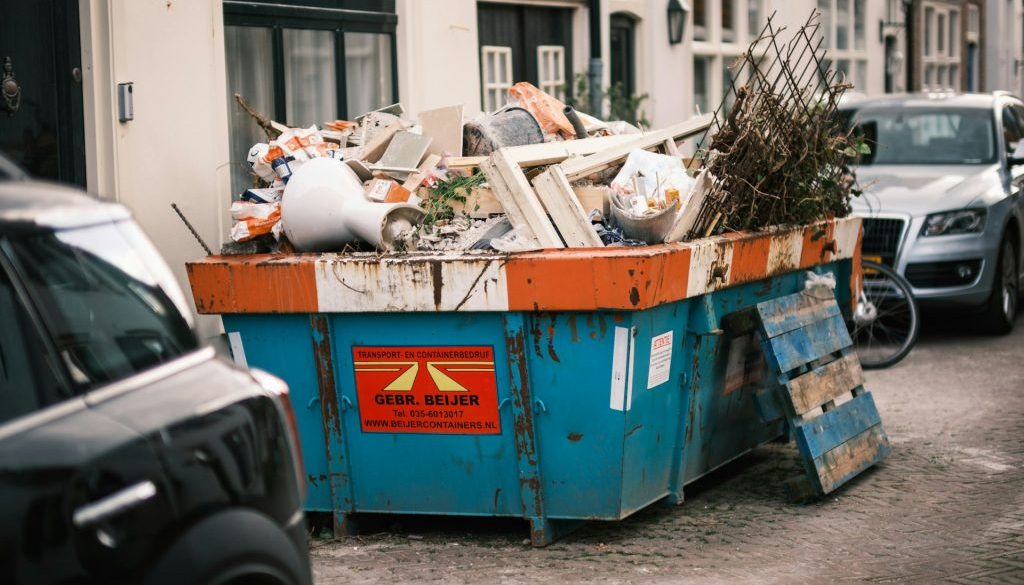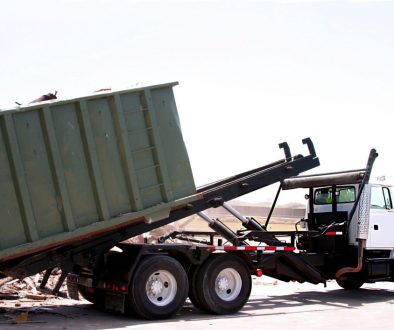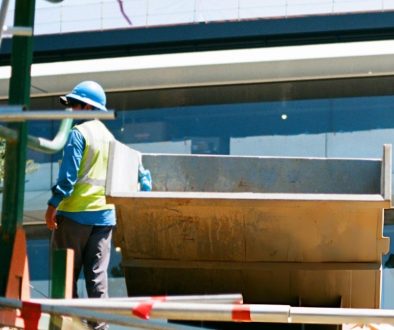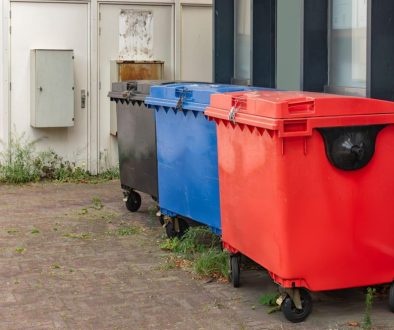Living in older homes often brings a certain charm and character, something not easily found in modern constructions. However, as captivating as they may be, these homes can also hide hidden dangers. Many older homes contain hazardous waste materials that, if not managed properly, can pose significant risks to health and safety. It’s important to be aware of these hazards and know how to deal with them safely and effectively.
When we talk about hazardous waste in homes, we’re referring to substances that can pose threats to people, wildlife, and the environment. In older homes, this could include anything from asbestos, which was commonly used in building materials, to old batteries lurking in forgotten drawers. Understanding how to safely remove and dispose of these materials is crucial. Ensuring the safety of your home and environment becomes a top priority, as improper handling can lead to severe consequences.
Identifying Hazardous Waste in Older Homes
Spotting hazardous materials in older homes may not be as tricky as one might think. With a little attention and awareness, you can identify common culprits that could pose a danger. Here’s a look at some typical hazardous waste found in older residences:
– Asbestos: Once hailed for its durability and fire-resistant properties, asbestos is often found in insulation, floor tiles, and ceiling textures of homes built before the late 1970s. It can become hazardous if the fibres become airborne.
– Lead-Based Paint: Used extensively in homes built before 1978, lead paint can chip and create dust, leading to potential lead poisoning if ingested or inhaled.
– Old Batteries: Forgotten in basements and garages, these can leak harmful chemicals and present an environmental hazard.
– Outdated Chemicals: Cleaning agents, pesticides, and other chemicals left from years past may contain toxic ingredients and should be handled with care.
Look out for materials with unusual textures or powders that you don’t recognise. If something seems out of place or causes discomfort, it might require closer inspection. Awareness is the first step to maintaining a safe home environment. Ensuring regular checks and responsibly addressing any concerns leads to a healthier living space, ready to enjoy all its vintage allure without any of the hidden dangers.
Safe Handling and Precautions
When dealing with hazardous waste, caution is the name of the game. These materials require safe handling to protect oneself and others. A few essentials will go a long way. Firstly, use appropriate safety gear like gloves and masks, ensuring skin and lungs stay protected from harmful substances. Ventilation is vital. If inside, make sure windows are open or use fans to keep air flowing, preventing harmful vapours from accumulating.
Think about your disposal plan before moving anything. Know where you’re going and what needs to happen before transferring materials. Label containers properly, so there’s no confusion about what’s inside. Keeping a first aid kit handy is a wise move. You never know when someone might need it for an unexpected accident. If you ever find yourself not fully aware of how to manage these materials, it’s best to pause—better safe than sorry.
Proper Disposal Methods
Taking care of hazardous waste doesn’t stop at handling; proper disposal is crucial. Each type of hazardous waste often requires different disposal methods. Contact your local council to find out what facilities or services are best suited for certain materials. For instance, Cheshire has designated centres that accept hazardous waste and can provide further guidance.
– Asbestos: This one is particularly tricky. Many locations require it to be professionally removed and taken to a special landfill site.
– Lead-Based Paint: Small amounts might be disposed of as regular waste, but for large quantities, specialised services should be used.
– Batteries: Many supermarkets and hardware stores offer recycling points where you can drop off used batteries safely.
– Chemicals: Look for local hazardous waste days in Cheshire, where community-wide collections are held.
Knowing these methods eases the burden of disposal, ensuring hazardous materials don’t end up harming people, animals, or nature.
Role of Professional Services
Getting help from professionals is often the best option, especially when dealing with materials that require specific handling techniques. The benefits are clear—they’ve got the expertise, right equipment, and know the most effective disposal methods. Hiring services also saves you time and reduces risk significantly.
If you choose to hire a skip in Tarporley, here’s a quick run-down of how it works:
1. Identify the type and quantity of waste you need to dispose of.
2. Contact a local service to discuss your specific needs and ask about their capabilities.
3. Arrange for the delivery of the skip to your location and be mindful of space and access.
This approach simplifies the entire process, allowing someone else with knowledge and skills to manage it safely and efficiently.
Closing Note
Handling hazardous waste from older homes may seem overwhelming initially, but with the right information and resources, it becomes manageable. Safe disposal keeps everyone healthy and the environment protected. Taking these steps ensures homes remain safe and inviting, preserving their charm without the hidden dangers.
Proactive waste management is more than just a necessity; it’s a commitment to protecting what truly matters. Understanding the steps to safe disposal helps keep these timeless homes enjoyable and secure for everyone. Embrace the responsibility—make thoughtful choices, and take the time to manage any hazardous waste effectively and securely.
Handling the disposal of hazardous materials may feel challenging, but with expert guidance, the process is straightforward and safe. If you’re ready to ensure your home in Tarporley stays both charming and secure, consider exploring your options to hire a skip in Tarporley for efficient and responsible waste management. Enviro Skip Hire is here to help make the process simple and hassle-free.




